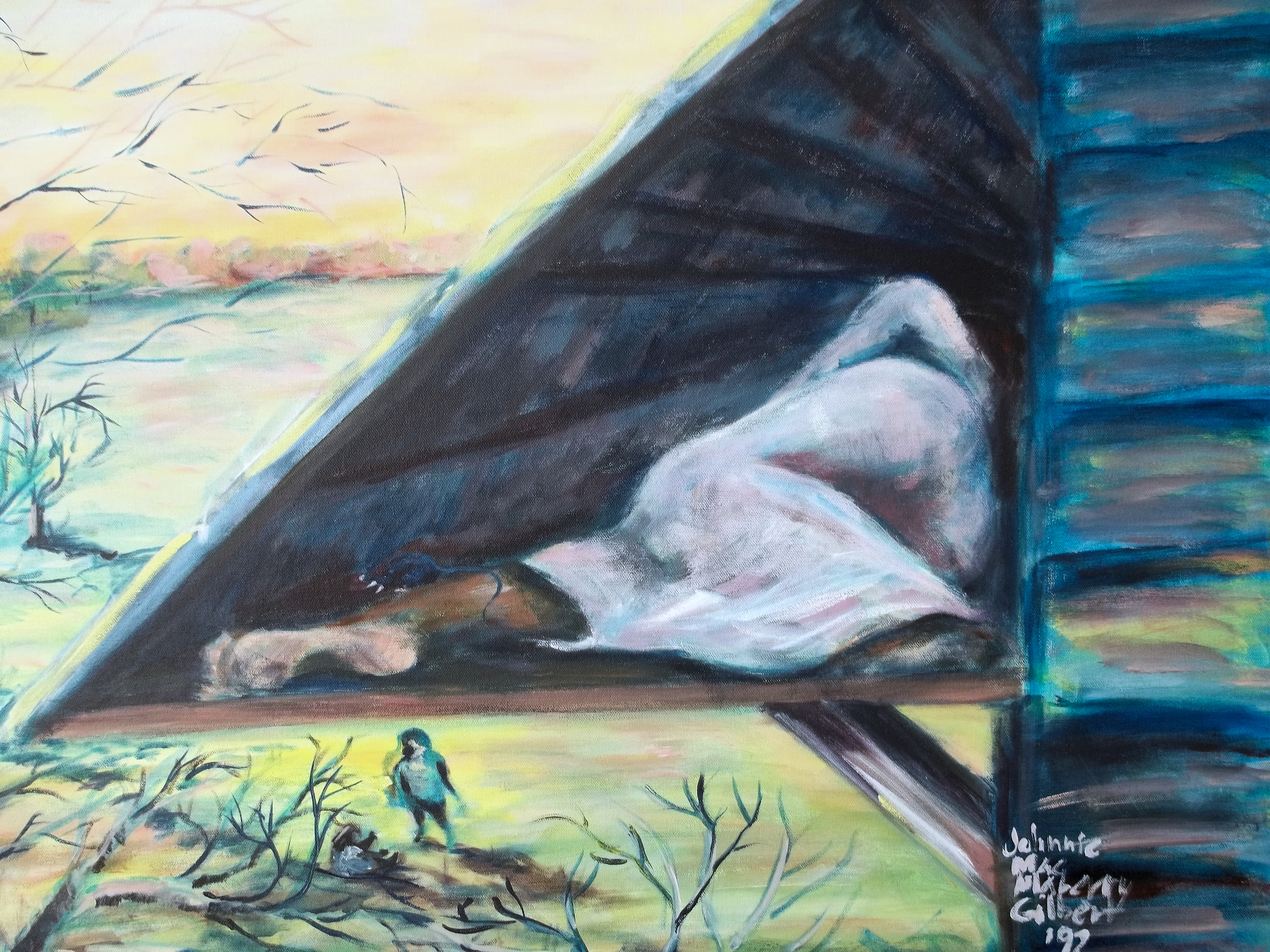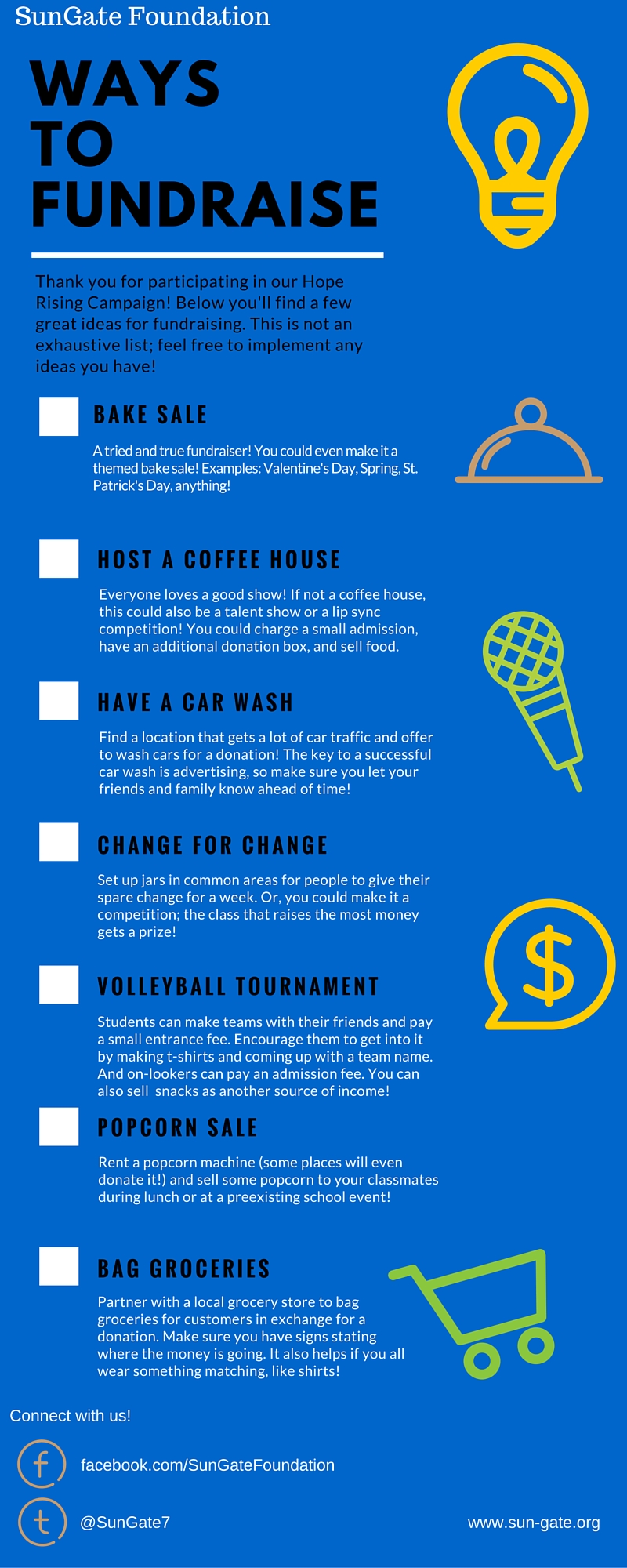In the News

 A huge thanks to all our donors who participated in the 2015, 5 for Five Campaign. Through your generous donations, we were able to provide textbook scholarships to 8 survivors. Click on the link for the full report: Spring 2016 Textbook Scholarship1
A huge thanks to all our donors who participated in the 2015, 5 for Five Campaign. Through your generous donations, we were able to provide textbook scholarships to 8 survivors. Click on the link for the full report: Spring 2016 Textbook Scholarship1
“A traveling exhibit sharing the stories of female sex trafficking survivors is scheduled to run at the Loyola University Museum of Art from Feb. 6 through March 19. It will highlight victims who have positively changed their lives and their communities.The exhibit, called “More than a Survivor: More than a Story,” originated in New York as a project of Girls Educational & Mentoring Services, the only organization in the state serving girls and young women who have experienced commercial sexual abuse and domestic trafficking. According to a GEMS representative, the exhibit is intended to present survivors in an honest and empowering light. ” Click here to read the full article.

Looking back before the Civil War, it’s easy to assume that enslaved African Americans were so profoundly exploited that they found themselves powerless to resist the tyranny of those claiming to own them. There’s a big grain of truth in this view. Take for example a vicious, highly profitable form of human trafficking known as the internal slave trade. It was invented by tobacco planters in Virginia and Maryland who realized that they owned many more slaves than they needed and that there were handsome profits to be made from selling off their “surpluses”. So between 1830 and 1860, they wrenched enslaved black people away from their families by selling them to dealers who chained them together and drove them into the Deep South. There they were sold again to large-scale cotton planters who desperately needed their labor and were glad to pay top dollar. As a result, it is estimated, as many as two million enslaved African American families endured the trauma of having parents uprooted from each other and from their children—forcibly and usually forever—a testimony to profound powerlessness if ever there was one.
But accompanying this brutal story is another kind of history, a powerful history of black resistance and self-empowerment that’s far more worthwhile to focus on during Black History Month and, for that matter, throughout the entire year. That’s what this essay will highlight and there are plenty of examples to choose from— major insurrections led by the likes of Nat Turner, Gabriel Prosser or Denmark Vesey— self-emancipated antislavery activists such as Sojourner Truth, Frederick Douglass and Harriet Tubman— ordinary people trapped in slavery who defied their masters in innumerable small ways such as stealing provisions, feigning illness, organizing secret religious services, etc…..
Given all these options, the amazing history of one exceptional enslaved woman, Harriet Jacobs, stands out for special recognition. It’s a story of her enormous personal courage and resourcefulness against the menace of a determined sexual predator, of her family’s astounding protective loyalty, and of her intimate relationship with a white man which, amazingly enough, she relied on in order to protect herself her against sexual abuse and exploitation. It is a story of she would later reveal when she published her autobiography, Incidents in the Life of a Slave Girl (1861).
By her own account Harriet had a happy childhood in Edmundton North Carolina even though she was enslaved. But at age 12, in 1825, her mild-mannered mistress died and she became the property of a man who inflicted her with enormous misery, Dr. James Norcom. Soon enough Norcom began whispering sexual profanities into Harriet’s ear and as time went by words led to physical intimidation. Without his wife’s knowledge Norcom built a cabin four miles out of town for Harriet where he planned to force her to live as his enslaved mistress. In desperation, Harriet took a caring white man, Samuel Sawyer, as her consensual lover, hoping that when she had borne children Norcom would sell her and them together to Sawyer Instead, Norcom sold Harriet’s children away from her and continued with his sexual advances. She adamantly refused him and in June 1835 she finally escaped. First, she hid in the homes of neighbors. Seeking a safer refuge she then fled to her grandmother’s small house where her children had been placed by the always-supportive Sawyer, their white lawyer-father.
Her grandmother’s house included a crawl space above its porch that was nine feet long, seven feet wide and only three feet high. That’s where Harriet hid herself—for seven full years, emerging only late at night when she could exercise without fear of being discovered. Though she could sit upright, the roof’s sloping ceiling didn’t allow her to turn over while lying down without hitting her shoulder. Through a peep hole, she observed her children playing in the cabin’s front yard. Rats and mice crawled over her at night and there was no ventilation. Harriet’s family supplied her with her basic needs and protected her secret hiding place. Norcom, meanwhile, scoured the countryside and offered rewards for her capture.
In 1842, Harriet made her escape, sailing in disguise to Philadelphia and then to New York City. There she was joined by her daughter, who Harriet’s white lover, Samuel Sawyer, had earlier helped to escape. (Later, her son Joseph would also reunite with her after escaping.) Next she moved to Rochester, a hotbed of abolitionist activity, where she met her brother John who had fled from slavery several years before. Now settled in her permanent home and with her family back together, Harriet committed herself to the abolition of slavery by publishing antislavery essays in a newspaper edited by Frederick Douglass, speaking abolitionist meetings and protecting escapees from slavery (She, herself, was still being tracked by James Norcom!) She also began writing about her own life while enslaved, an autobiography that was published on the eve of the Civil War in 1860 and titled Incidents in the Live of a Slave Girl.
While using aliases instead of naming names, Jacobs shaped her life story to appeal to northern Christians by emphasizing slavery’s disastrous impact on women’s chastity and sexual choices. She insisted on showing that enslaved black women should not be blamed when white men sexually assaulted them but that instead they were being systematically victimized white racism and male exploitation. White female readers responded to such frank discussions with a disturbing mixture of embarrassment, empathy and voyeuristic excitement, reactions that made Harriet’s biography into a best seller and a widely-read classic of African American literature today. A one-of-a-kind autobiography, Harriet Jacob’s book is as remarkable as the woman who wrote it. Though it was unusual for the enslaved to be even minimally literate, she wrote believably and eloquently giving a first hand account of slavery’s cruelties that could not be denied. That a woman, let alone a black woman, had actually written such a book and that thousands had read it was extraordinary.
During the Civil war, Harriet used her celebrity to raise funds to feed, clothe and educate African Americans who were fleeing into the North from slavery. After the War, she and her children returned to the South where she continued her work to develop educational opportunities for the formerly enslaved and to demand equal rights for all citizens irrespective of race. She died in 1897 and is buried in Boston’s Auburn Cemetery. To learn more about this extraordinary woman start by clicking here
Linda Brent, Seven Years Seclusion
Written by James Brewer Stewart
James Brewer Stewart is the Founder of Historians Against Slavery and James Wallace Professor of History Emeritus, Macalester College. He has published a dozen books on the history of the American antislavery movement, has appeared in several of the American Experience’s historical documentaries, is coeditor for Louisiana University Press of a book series on “Abolition, Antislavery and the Atlantic World” and has spoken widely on college and university campuses on “Abolishing Slavery in Lincoln’s Time and Ours”. His books and articles address the abolitionist movement in the U.S. and the politics of the conflict over slavery and the struggles for racial justice.

According to the Global Slavery Index, there are over 35.6 million victims of trafficking worldwide and at least 200,000 in the United States. Human trafficking has an abundance of factors and, consequently, an abundance of ways for us to make a difference. We at Sun-Gate do so by focusing on survivors of trafficking and providing access to the resources they need to get an education. We are the only organization in the country whose sole purpose is the focus on education for survivors.
Join the Hope Rising Campaign!
I want to offer your organization the chance to join us in making a difference as well, through our Hope Rising Campaign. The goal of the fundraiser is to mobilize organizations like yours to raise raise awareness about the issue of human traffickcing while raising funds to provide financial assistance towards tuition and textbooks for a survivor of human trafficking.
How it works!
- Decide if you want to help survivors with tuition, textbooks or both.
- You can choose to raise the money in whatever way fits your organization best.
- If you decide to host a human trafficking awareness event, Sun Gate will be happy to provide a speaker.
- Below are are a few ideas of how you can raise funds.
- Set an attainable goal that your organization fall into as outlined below.
- High School Organization – $200
- College Organization – $500
- Local Organization – $1000
- Sun Gate will be happy to brainstorm with you about planning an event.
- Sun Gate will provide additional materials for your event upon request.
- You can host your event anytime between now and May 31, 2016.
- To sign-up to participate, please email Jocelyn Moore at Jocelyn@sun-gate.org with the name of your organization, school and state.
The road to restoration is a long one for a trafficking survivor. But your participation in the Hope Rising Fundraiser can make it that much easier.
Join our Hope Rising Campaign today!!!







Social Media